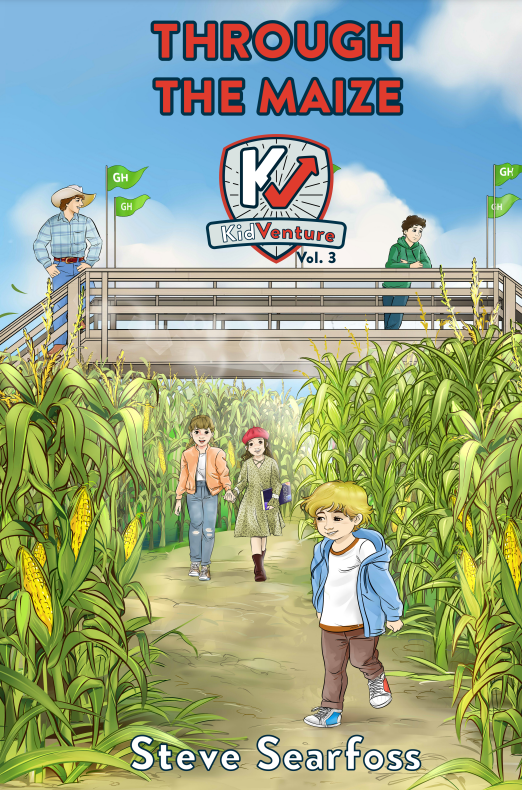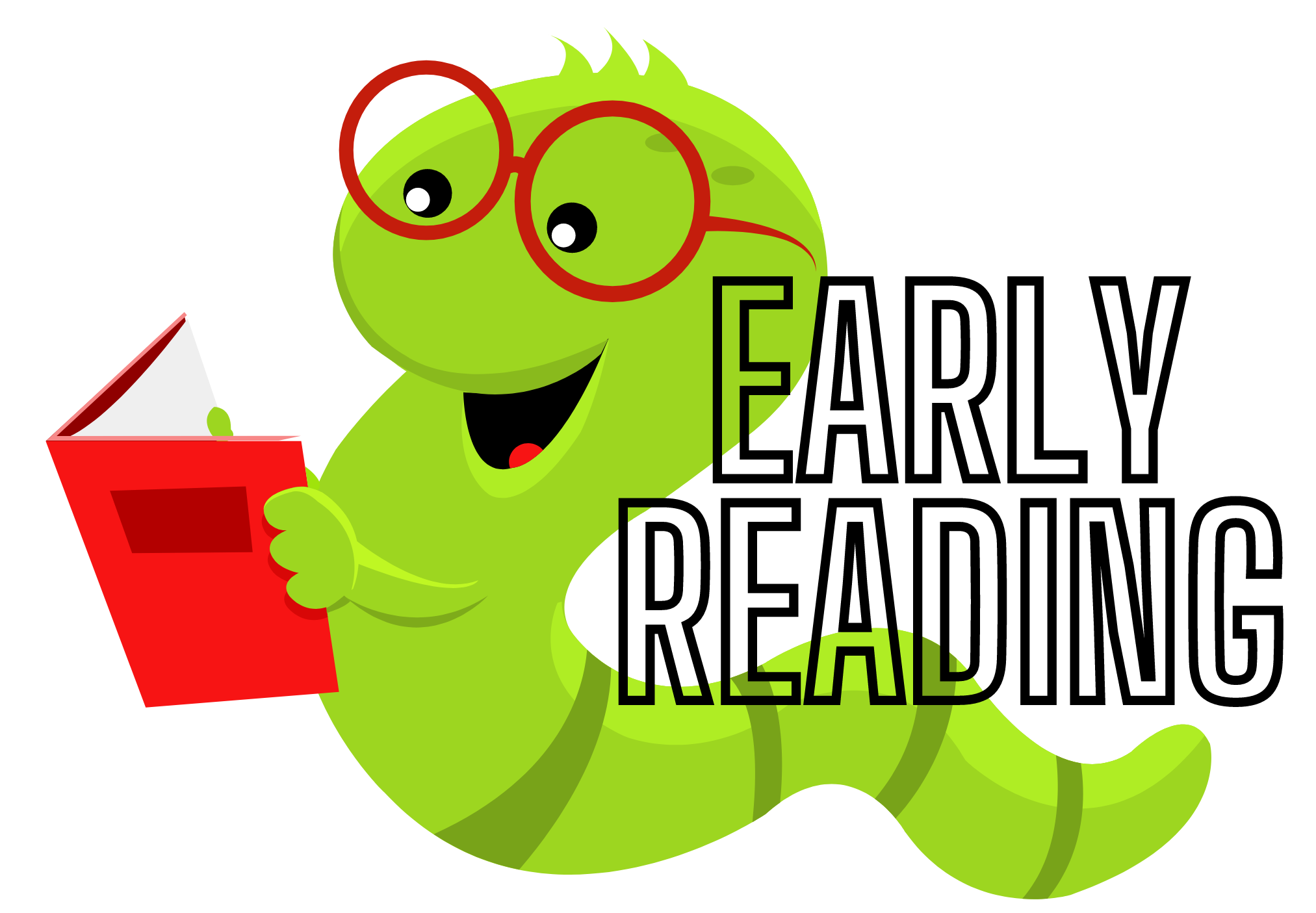Author and entrepreneur Steve Searfoss, drawing from his dual roles as a father and a business owner, has crafted an engaging and educational series called KidVenture. Geared towards young minds eager to explore the world, these books follow the journeys of children who embark on entrepreneurial endeavors. Through their escapades, they gain invaluable insights into the workings of business and the essence of entrepreneurship. Searfoss’s KidVenture series offers a great introduction to the world of entrepreneurship, instilling the belief that with determination and effort, anything is achievable. Today, we’re pleased to dive into the third installment of his series, Through the Maize.
Tell us about your book.
Through The Maize is the third book in the KidVenture series. In this book, the three main characters Chance, Addie and Sophie, start a corn maze business. They partner with a local farmer to rent out one of his fields to grow corn and then cut a maze into it. They hope to market the maze and attract enough  visitors to turn a profit. Along the way they learn that growing corn is harder than it sounds and running a corn maze business is more expensive than they first thought. They have to come up with a proposal that the farmer will agree and figure out how to work with the farmer’s stubborn nephew who will be helping them build the maze and has is own ideas on the right way to do things.
visitors to turn a profit. Along the way they learn that growing corn is harder than it sounds and running a corn maze business is more expensive than they first thought. They have to come up with a proposal that the farmer will agree and figure out how to work with the farmer’s stubborn nephew who will be helping them build the maze and has is own ideas on the right way to do things.
There are all sorts of challenges for them to work through. They have to figure out how to price an admission ticket: if it’s too high, they won’t get enough people, but if it’s too low, they won’t make a profit. They have to find an investor who will lend them the startup capital needed to buy the corn and all the supplies needed to build the maze. They need to come up with a theme for their maze and learn how to promote it. And they need to hire a work crew, negotiate with neighbors who might not be happy with all the extra traffic and commotion their maze will bring.
Readers will get to walk through every one of these difficult decisions with the main characters as they debate different courses of action, try something, find it doesn’t work, and keep experimenting until they find something that does. Tempers get heated at times and the protagonists must figure out a way to keep everyone working together to get the maze built in time.
Every chapter ends with a cliffhanger, a decision point where the characters must decide what to do next. There are questions for the reader at the end of every chapter so aspiring entrepreneurs can ask themselves what they would do in that situation, and then read on to see what Chance, Addie and Sophie did.
What is the primary benefit above all others that your potential reader will gain from reading this book?
KidVenture books teach kids how to think like entrepreneurs, which have five major characteristics.
First, an entrepreneur is someone who spots a problem and turns it into an opportunity. They tend to come up with ideas other people don’t, and are able to envision something before it’s built.
Second, an entrepreneur is comfortable with risk. That’s not to say that they are reckless, it means they are able to assess risk and make decisions based on that assessment. They understand things could go wrong and are willing to take that risk.
Third, entrepreneurs are resilient. Things almost never go as planned and the great ideas they come up with usually undergo lots of changes as the plan meets reality. An entrepreneur has be able to accept failure along the way, not get discouraged, and learn from mistakes. This requires emotional fortitude.
Fourth, an entrepreneur has to be adaptable and humble. How does an entrepreneur learn something is not working? Often through very painful feedback: no one is buying your product, you can’t get people to work for you or they quit, investors are disgruntled, customers tell you that they don’t like what you’re doing, etc. As an entrepreneur, you can’t take these things personally. If you do, your judgment will be clouded and you won’t be able to make good decisions. Instead, you have to take each of these as a challenge, a puzzle to solve.
Lastly, an entrepreneur must be a great motivator and negotiator. The only way to build something is to convince other people they should join you in the building. You have to recruit partners, persuade investors, work with vendors, appease customers, and so on. You have to keep everyone focused on your vision, especially on those days when that visions seems far away and unattainable.
These are all important life skills to develop, even if you don’t end up starting a business. Middle grade readers of KidVenture books will learn these skills vicariously as they identify with the characters and challenge themselves to think of solutions and responses to setbacks.
Who is your target audience?
Any kid who wants to learn about how the world works, which is to say, how business works. As a curious child steps out into the world, they want to know why something is the way it is. Go to a restaurant, a sports field, a book store, a grocer,—all of those are business and behind them there are people taking on risk, facing the unknown, and making the best decisions they can. KidVenture will help kids understand the world in new ways.
Find the Author
 KidVenture: Through the Maize
KidVenture: Through the Maize
Chance, Addie and Sophie launch a new venture when they get lost in the country and stumble on the idea of starting a corn maze business. They quickly discover that while it’s easy to rush into a maze, finding your way out is hard. They will need to convince an investor to fund the venture, persuade a reluctant farmer to let them build their maze on his corn field, and figure out a way to work with his headstrong nephew. Along the way they will realize just how little they know about planting corn, designing mazes and writing business plans. Through many twists and turns—and dead ends—they will learn how to keep a partnership together and what the true job of a leader is. There’s only one thing harder than finding your way out of a maze: creating a maze people want to get lost in.




